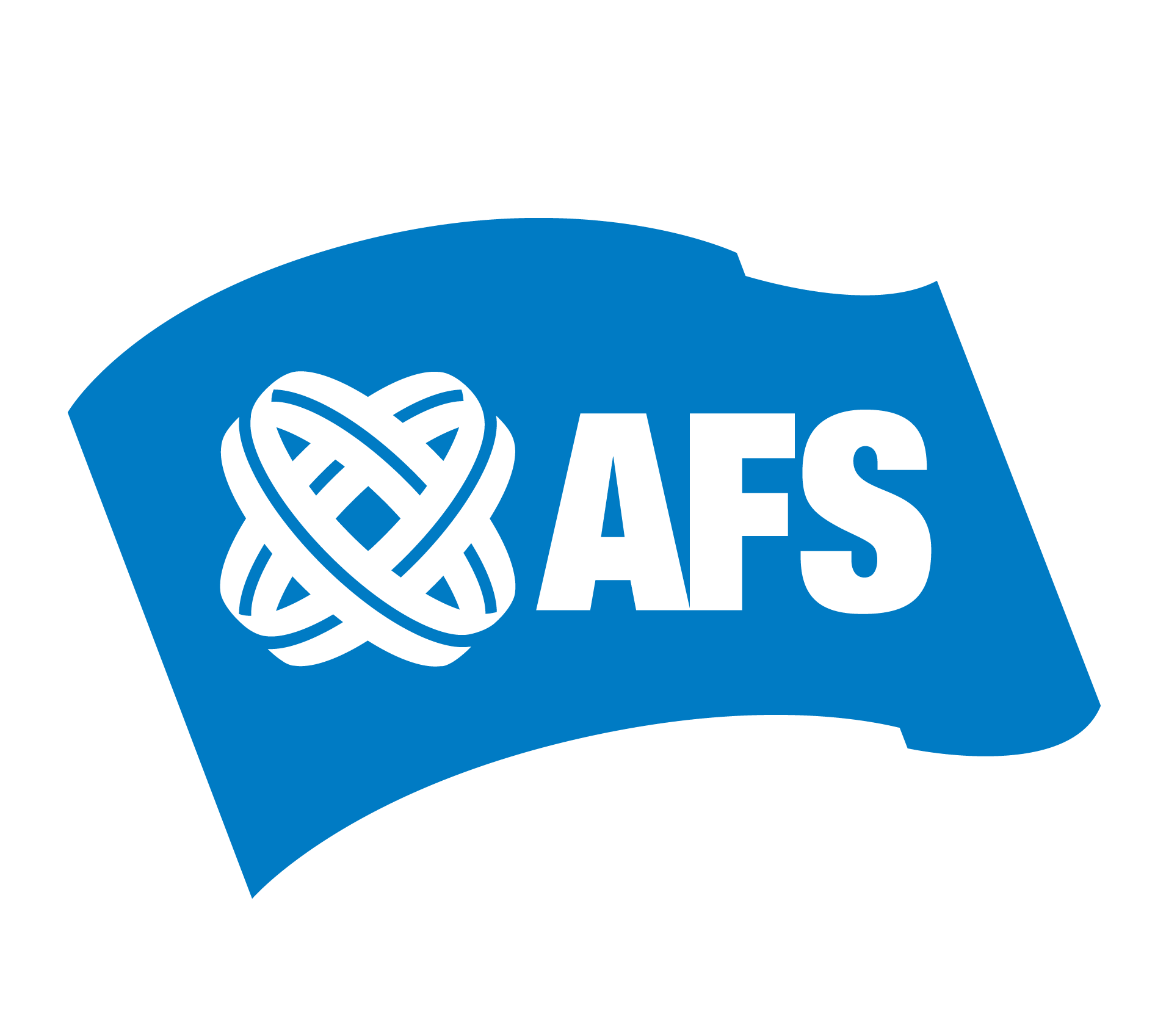The island of Hawaii, aka the Big Island, is full of exciting things to do, including the annual Merrie Monarch Festival. Starting on Easter and running for a week; this year’s event is from April 20 to 26. It’s held in Hilo, an underrated and affordable tropical vacation destination on the northeastern side of the island, and the festival is all about celebrating Hawaiian heritage and honoring King David Kalākaua, the last king of Hawaii who was known as the Merrie Monarch. The event features hula competitions by some of the world’s best practitioners as well as a massive parade, and a Hawaiian arts and crafts fair. It has an interesting history.
The festival started in 1964 to help boost the economy. In 1960, the island had been hit by a devastating tsunami that destroyed hundreds of homes and businesses. And when you add to that the continued decline of sugar plantations across Hawaii, people on the Big Island were looking for something to help bring in money since tourism wasn’t the massive industry in Hawaii that it is now.
The festival nearly died out after just a few years, but in the 1970s, the Merrie Monarch Festival started featuring hula competitions, which drew in more visitors. This was also the time of the “Hawaiian Renaissance,” when the unique cultural identity of Hawaiians was being increasingly embraced and traditions were being revitalized, according to the Merrie Monarch Festival.
King Kalākaua’s love for hula lives on with the Merrie Monarch Festival in Hilo
The origins of the Merrie Monarch Festival at a time of Hawiian cultural revitalization echoes, in a way, what happened during the reign of King Kalākaua, who gives the festival its name. He ruled from 1874 to 1891, and he was known for his support and deep love of the Hawaiian language and arts. He played a particularly vital role in helping with a hula revival during his era. American missionaries in the 1800s believed that hula was immoral, and it was banned in public in 1830. King Kalākaua reversed that ruling when he became king.
He referred to hula as, “the language of the heart … therefore the heartbeat of the Hawaiian people,” via University of Hawaii, and he featured it at his coronation celebration in 1883 and his 50th birthday party in 1886. Both events were held at ‘Iolani Palace in Honolulu, the only royal palace in the U.S. You can visit the palace; it’s one of the ways to experience historic Honolulu.




